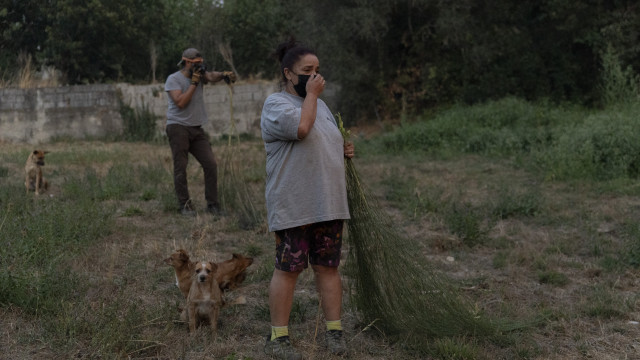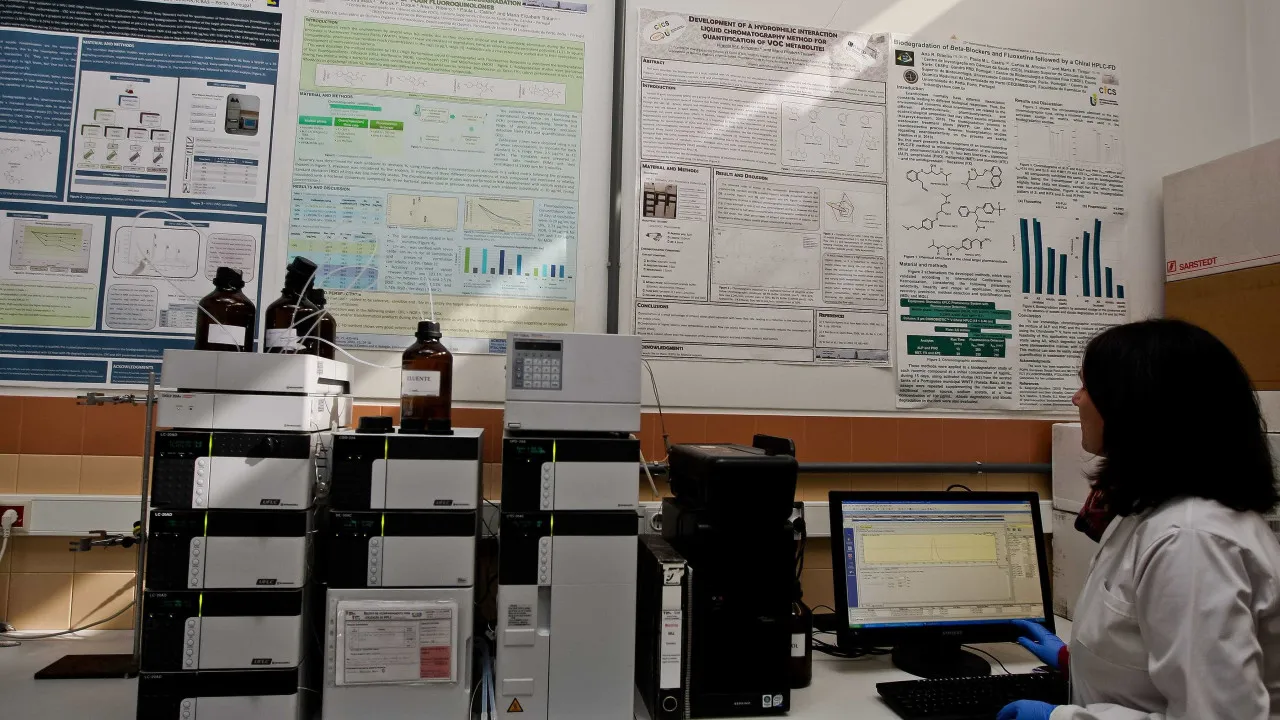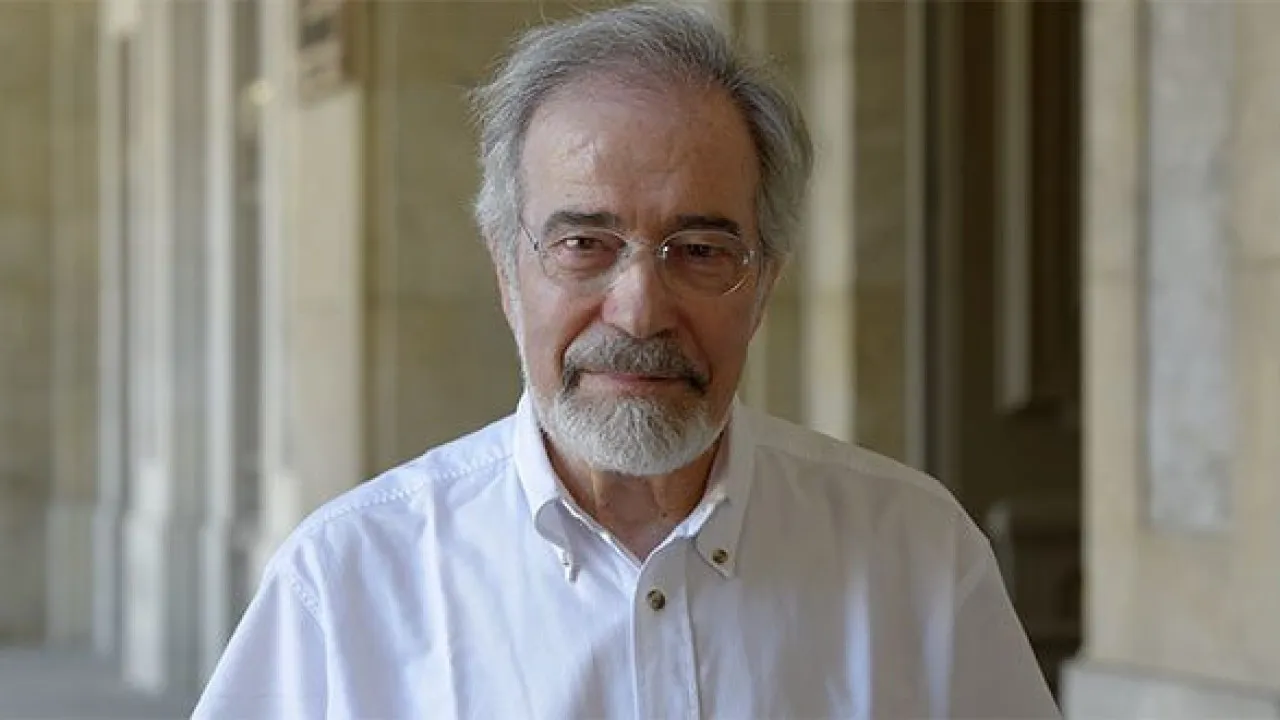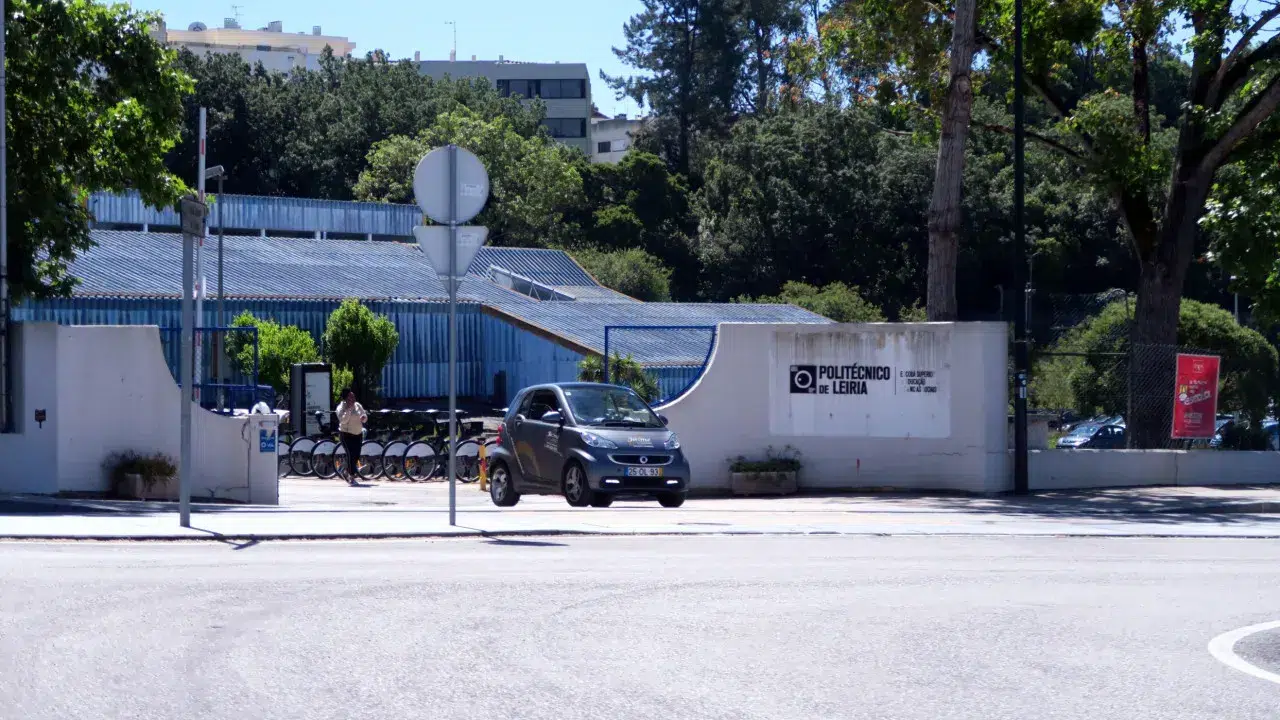The president of the Parish Council of Loriga, José Pinto, stated on Sunday that the fire “expanded dangerously into the town of Loriga during the night.”
“The fire is spreading, I don’t know why,” said the official in an interview with CNN. “They spent all day [yesterday] pouring water on the fire, and during the night it spread,” reported José Pinto.
Regarding the previous day, the official noted that on Saturday, the situation seemed more controlled than what is felt on Sunday in Loriga, which is now the only active front of the Arganil fire.
“The fire was burning yesterday in an area where there wasn’t much danger, but last night, despite the firefighters staying, I think it spread dangerously to the town of Loriga,” concluded the official.
However, José Pinto expressed satisfaction with having air resources and the army on the ground to combat the flames.
“I hope today will be the day we end the fire,” said the parish president.
For now, the official admitted feeling “afraid” of the current situation and feared that Loriga might experience the same as Alvoco da Serra in Seia did.
“If it approaches homes and properties, this could be like what happened in Alvoco da Serra, where everything burned down,” said the official, who had just been on the phone with his counterpart from Alvoco da Serra.
The fire in question began on August 13 in Arganil, Piódão and had no active fronts by Friday. However, on Saturday, despite the efforts of operatives on the ground, it reignited and is now burning in Loriga—its only current front.
The fires have already caused four deaths, including a firefighter, and several injuries, some severe, and have totally or partially destroyed primary and secondary residences, as well as agricultural and livestock holdings and forested areas.

By 8 am on Sunday, Piódão was the only active fire of significant occurrences. The fires have already caused four deaths, including a firefighter, and several injuries.
Portugal activated the European Civil Protection Mechanism, under which it has two Fire Boss planes, one Super Puma helicopter, and two Canadair planes at its disposal.
According to provisional official data, by August 23, about 248,000 hectares had burned in the country, more than 57,000 of which were from the fire that started in Arganil.




